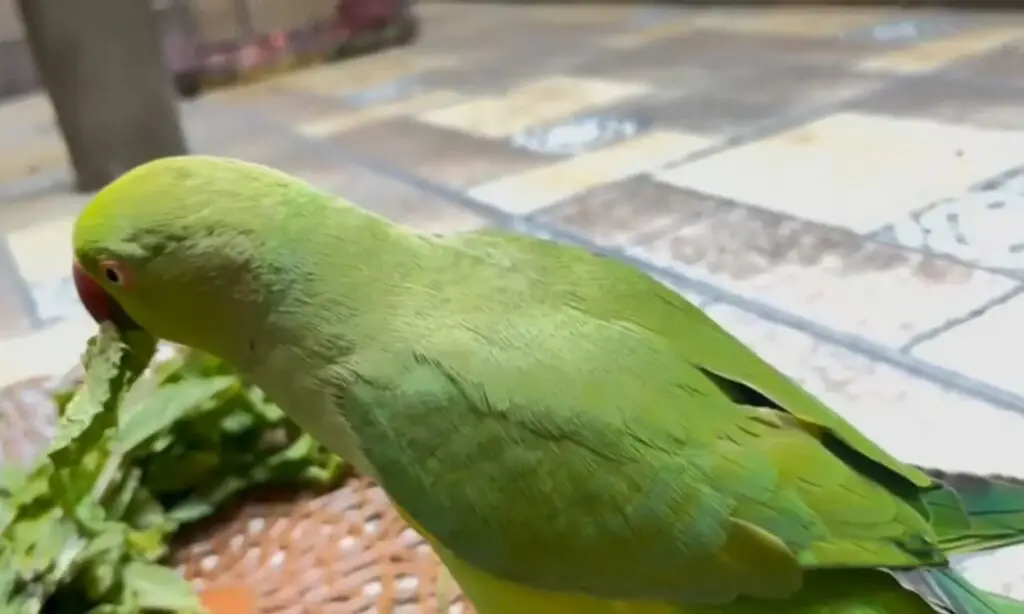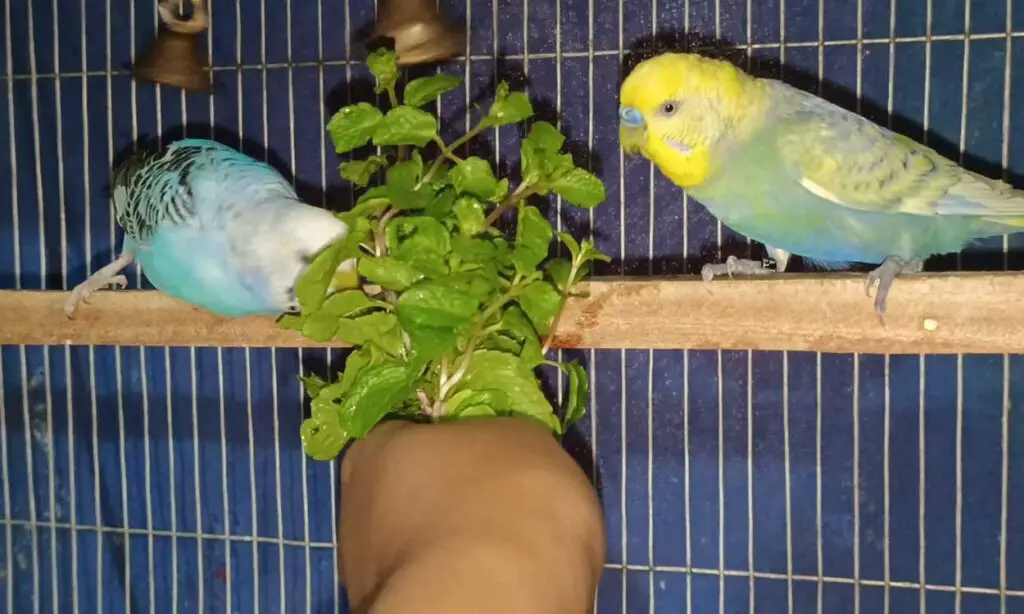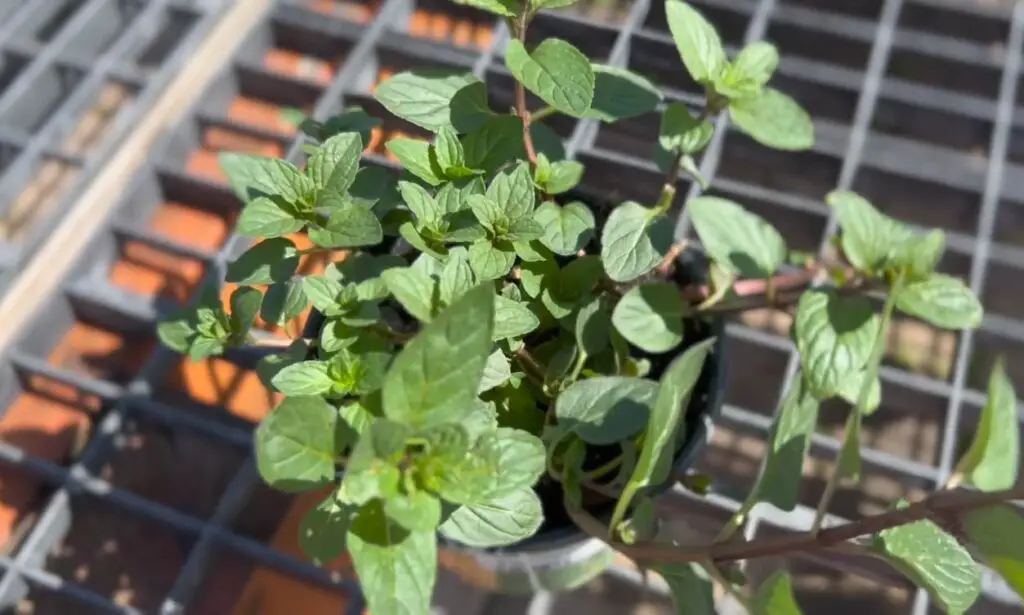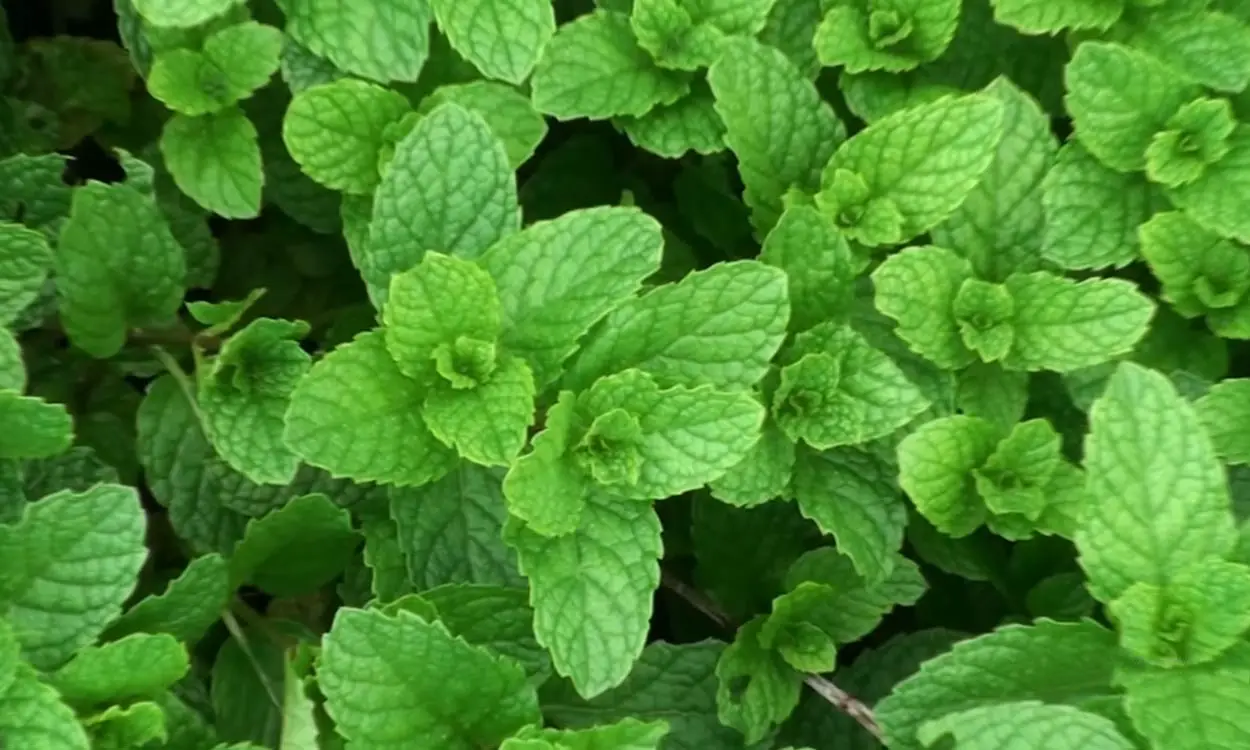Is Peppermint Safe for Birds: Everything You Need to Know
Peppermint isn’t the best thing to keep around birds. Peppermint’s invigorating aroma and refreshing flavor are why I always prefer having these leaves lying around the house.
However, when I became too obsessed with the flavor of peppermint, I couldn’t help but wonder what it meant for my birds. After a bit of research, I discovered that the pungent aroma of peppermint repels birds, as birds have a heightened sense of smell.
But how does it affect birds, and is it possible to keep your passion for your feathered friends and your addiction to peppermint in the same room? Well, this article gets into the details of just this. Let’s delve right in.
What Actually is Peppermint and How Does it Affect Birds?
Don’t judge me yet. I very well realize that you know what peppermint is. But do you know what it’s actually made of and why it affects certain animals? Well, that’s what this part is about.
Peppermint is scientifically known as Mentha x Piperita. It’s a hybrid plant originating from crossbreeding water-mint and spearmint.
These core components make it a perfect solution when the concern is adding a burst of refreshing flavor to dishes. So, what’s the problem here?
Peppermint gives out a strong scent. Even with our comparatively weak olfactory sense, we can single out mint beneath a heap of other odors. This makes it clear how this smell would affect a bird.
Many people think birds don’t have a sense of smell. But, according to an experiment conducted by the National Audubon Society, all the 108 species they had sampled passed the sniff test. Although, it must be clarified that birds’ sense of smell is the same as a human’s.
However, avians are no strangers to herbs in the wilderness. Birds have a natural inclination towards herbs. In the wild, they seek out specific herbs to aid digestion, detoxify, and support overall health.
In fact, herbs play a vital role in avian diets. Some bird owners even cultivate herb gardens to enrich their pets’ well-being. In short, the interactions between birds and herbs are ‘usually’ beneficial. Unfortunately, the case is slightly different when the herb is peppermint.

Birds, especially pet birds, have a rather sensitive respiratory system, and peppermint emits one of the strongest odors. The math is elementary here. The peppermint menthol, which gives peppermint its distinctive scent, can be a problem for birds.
Inhaling this menthol’s strong, heavy odor can affect their delicate respiratory system, causing them difficulty breathing.
In addition, certain constituents of peppermint can interfere with avian metabolism and digestion, potentially leading to adverse effects.
Here Are the Things I Look Out For
I love my birds, but I don’t want to make compromises on my liking and usual habits. This is why I have discovered some subtle methods to ensure my birds aren’t affected by my habit of consuming peppermints.
In fact, I have a small garden of it, and my birds are completely fine. Here’s how I do it:
Always Consider the Species of Your Avian Pets
Different bird species have distinct physiological characteristics and tolerances. For instance, canaries and finches are known for their delicate respiratory systems.
This makes them potentially more sensitive to strong scents like peppermint. On the other hand, larger parrots are more resilient due to their sturdy constitution.
Similarly, size and age matter a lot as well. Young and smaller birds with developing respiratory systems are more susceptible to strong scents.
For example, a young finch could experience distress when exposed to the potent aroma of peppermint compared to a mature Amazon parrot.
I Considered the Health Status of My Pet
Some birds may have pre existing respiratory issues; specifically, these birds can be vulnerable to the adverse effects of peppermint. My Cockatiel was just recovering from a respiratory infection.
One day, mistakenly, it got close to my peppermint garden, which was the beginning of a disaster. The peppermint’s volatile compounds exacerbated its condition and hindered the healing process.
Quantity and Duration of Exposure
The adage “less is more” is actually true in this context. A small amount of peppermint is likely to have a disproportionately more substantial impact on small birds like canaries. Prolonged exposure, even to mild scents, can lead to respiratory discomfort in the blink of an eye.
How Is the Bird Exposed to Peppermint?
The way birds come into contact with peppermint matters as well. For instance, a pet finch may tolerate having a peppermint-infused toy nearby. However, inhaling concentrated peppermint oil diffused into the air might trigger respiratory distress.
Thus, it’s important to look out for the potential method of exposure the birds fall prey to.
To deal with this, I simply keep a wide gap between peppermint and the objects the birds interact with.
Diversity in Sensitivity
Just like humans react differently to scents, individual birds display varying tolerances. While one parrot might show no signs of distress around peppermint, another may exhibit sneezing or wheezing due to its unique sensitivity.
Influence of the Environment
The surrounding environment has a significant influence on how birds interact with peppermint. High humidity can intensify the scent, affecting birds more. A cockatoo exposed to peppermint in a poorly ventilated room may experience intense respiratory discomfort.
This is why I make sure the room where I preserve my mints and the room where my birds dwell are both well-ventilated.

How I Introduced Peppermint to My Birdies?
I am really proud of the way I created an invisible bond between my birds and my peppermint garden. After some delicate training, now my birds don’t have any issues related to this favorite herb of mine.
However, in the process, I made sure not to involve the birds with existing respiratory complexities. Here’s how I did it:
Starting Small is the Key
It’s important to start small in the case of almost everything, and that’s what I did here. I began the introduction of peppermint by placing a small, fresh sprig near the bird’s cage or play area.
This gradual approach allows the bird to become accustomed to the scent without being overwhelmed. For example, my Canary got used to peppermint quite fast.
Maintaining Close Observation
I closely observed their behavior and reactions after introducing peppermint to my bird’s life. I kept an eye out for any changes they might have in their breathing patterns, vocalizations, or movement.
However, in case of a reaction, I retreated immediately. When my lovebird started sneezing and scratching excessively, I didn’t wait a moment before removing the peppermint from the room.
Initiating Gradual Exposure
If the initial exposure seems positive, I get to gradually increase the presence of peppermint. Usually, I introduce a slightly larger sprig or move it closer to the cage.
Here again, I closely monitor my bird’s response during the process. My pet Cockatiel showed indifference at first. But after a while, it became curious. This behavioral pattern told me that my bird has developed tolerance.

Consulting My Vet
Before taking it further, I decided to seek advice from an expert regarding exposing peppermint to my bird. And I’m really glad I did.
The vet identified that my African Grey has a history of respiratory issues. Upon diagnosis, the vet advised against introducing peppermint due to potential risk. This type of tailored professional guidance provides the most valuable insights.
Considering Alternatives
For a certain amount of time, my African Grey stayed in my room. At that time, I felt the necessity to opt for an alternative to peppermint as my bird had respiratory issues.
While thinking about alternatives, I considered basil and oregano for the sensory enrichment I crave in my food. As it turns out, my African Grey is completely fine with basil, so I didn’t need to test out oregano.
Finally, it all worked out well, and I got things my way with some compromise.
My Last Few Words on the Topic
Only a few people will understand the experience of having beloved pet birds and an intense craving for aromatic food simultaneously.
The delicate organ system of your birds may need more time to process the vital components these aromatic herbs have. If you have read this article thoroughly, you know why it happens.
Fortunately, you now know how it can be easily prevented. Even if you can’t make your birds adjust to your favorite herbs, you can always make some different arrangements. As you can see, it’s all a piece of cake.
All I did was make some simple modifications, making it possible for my birds to dwell in a house that smelled like a mint-candy factory.
Of course, I am exaggerating, but I’m not lying when I say I made my birds organically adjust to peppermints, which they are naturally reluctant to do. And now, you can do that too if you want.
Other artcle related to bird safety-
Is Cat Saliva Toxic to Birds: Let’s Find Out!
